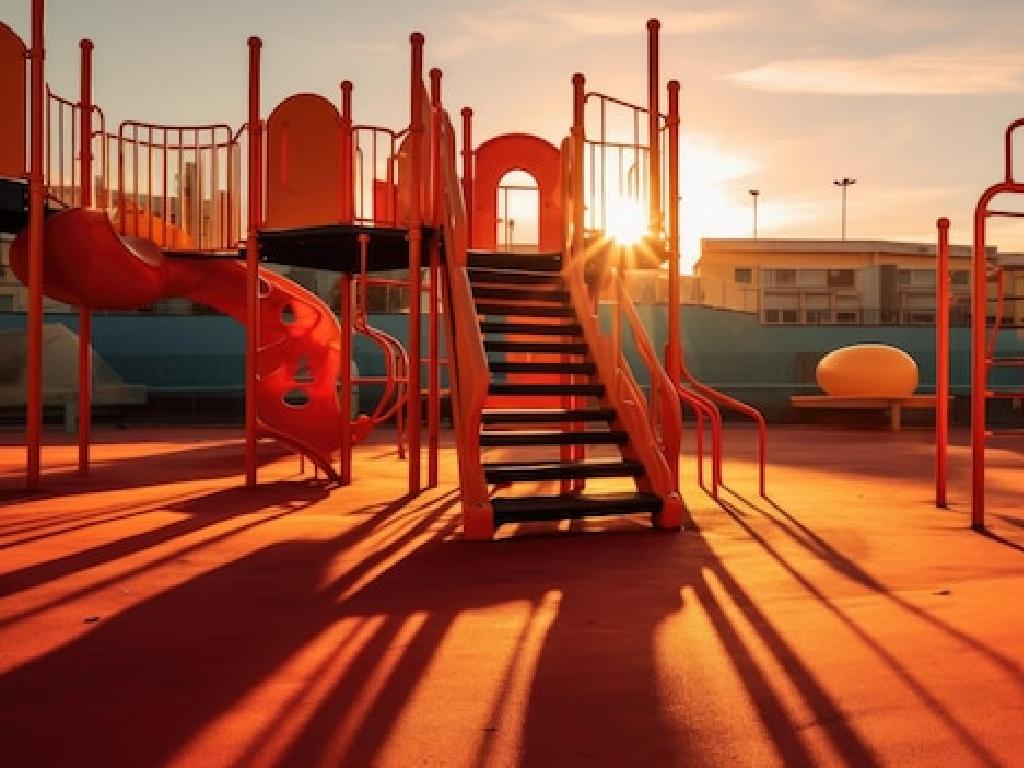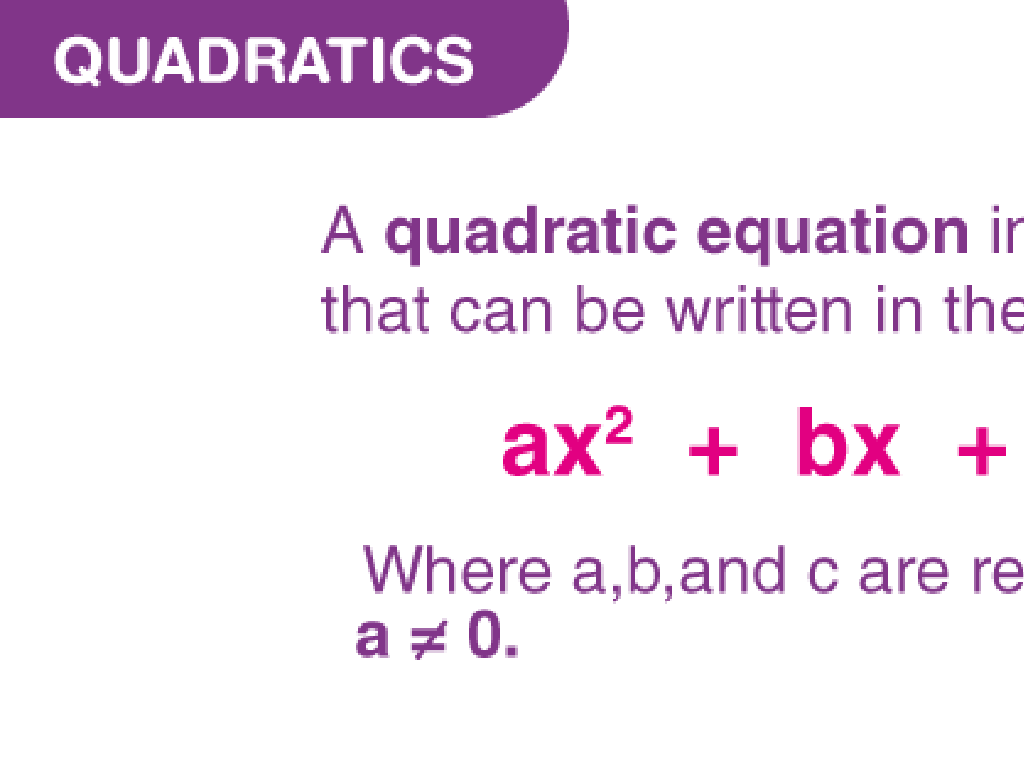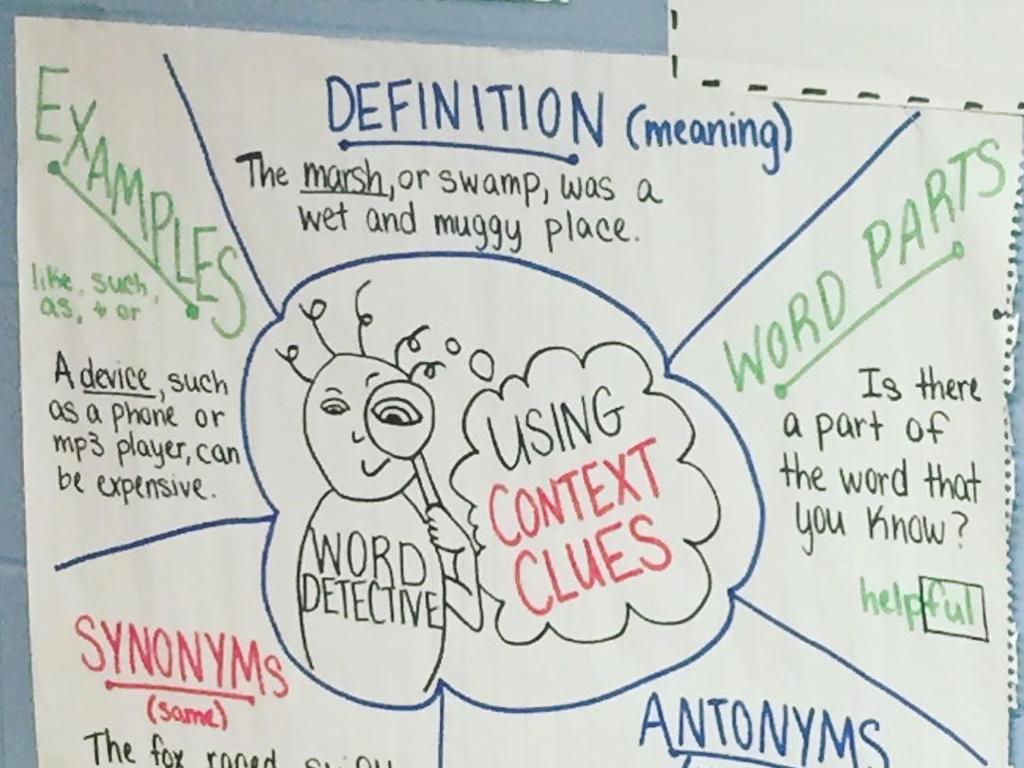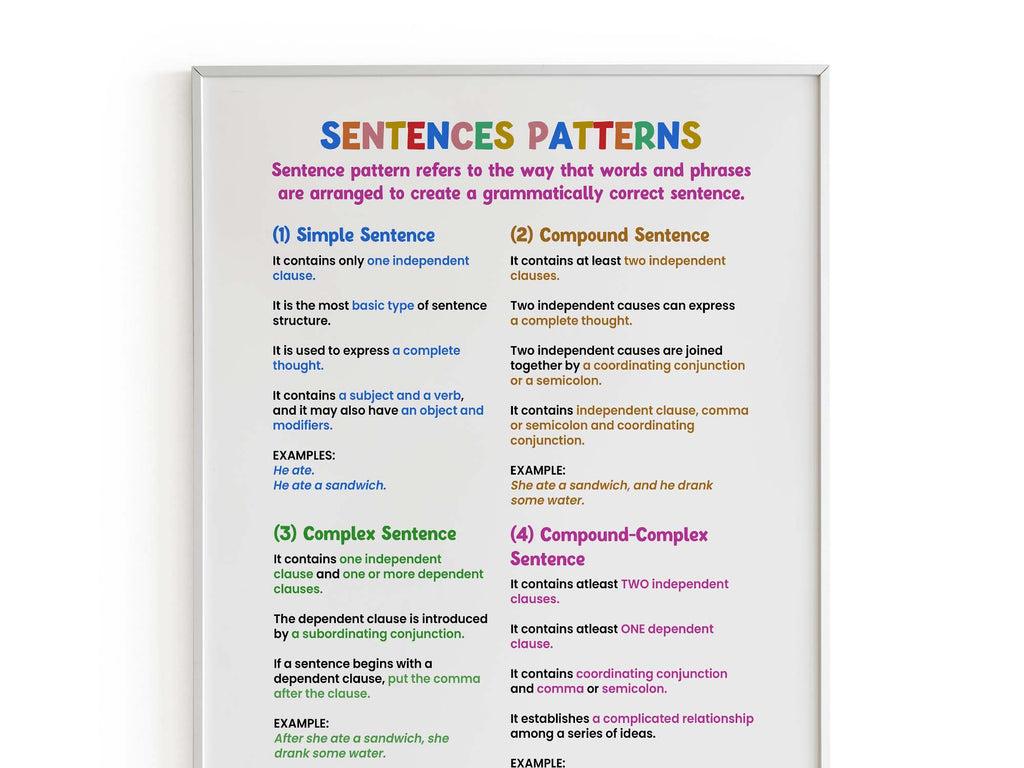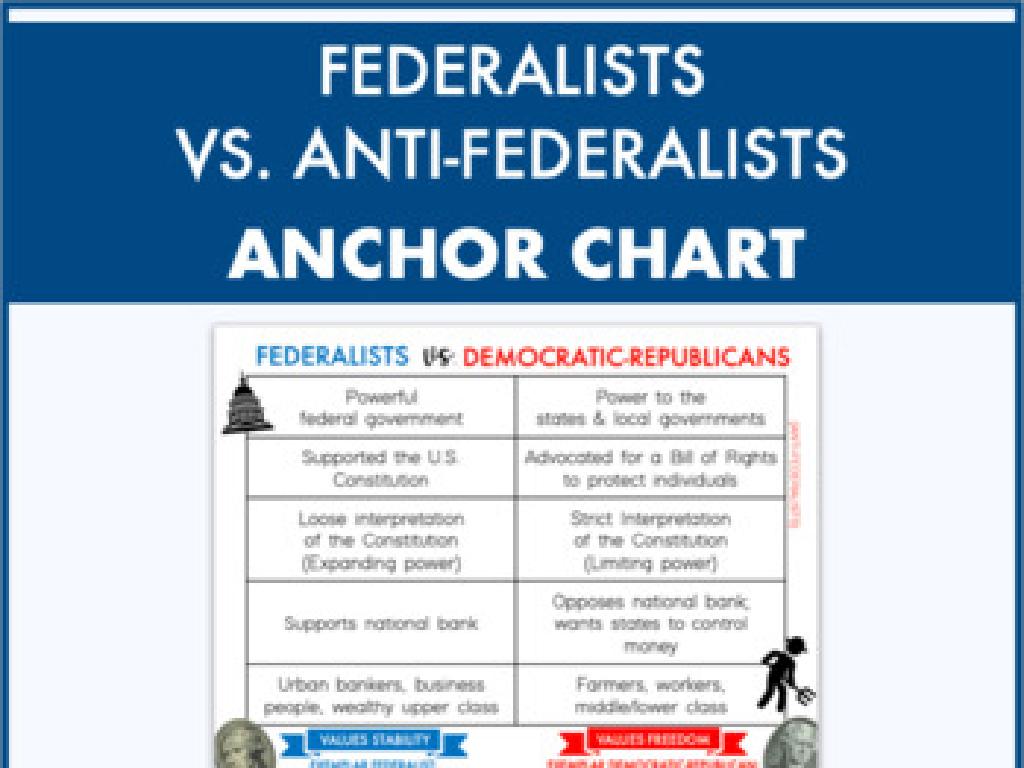Science Literacy: How Can A Community Protect Sea Turtles?
Subject: Science
Grade: Fifth grade
Topic: Conservation And Natural Resources
Please LOG IN to download the presentation. Access is available to registered users only.
View More Content
Protecting Sea Turtles: Our Role
– What is science literacy?
– Understanding scientific concepts and processes
– The importance of sea turtles
– Sea turtles maintain healthy marine ecosystems
– Threats to sea turtle survival
– Loss of habitat, pollution, and human interference
– How communities can help
– Enforcing protection laws, cleaning beaches, safe boating practices
|
This slide introduces the concept of science literacy as it pertains to understanding and participating in conservation efforts, specifically relating to sea turtles. Emphasize the ecological role of sea turtles in maintaining the balance of marine ecosystems and their contribution to the health of coral reefs and seagrass beds. Discuss the various threats they face, including habitat destruction, pollution, and the impact of fisheries. Highlight actionable steps communities can take, such as supporting legislation that protects sea turtles, participating in beach cleanups to reduce pollution, and promoting safe boating practices to avoid harming these creatures. Encourage students to think of ways they can contribute to sea turtle conservation in their daily lives.
Exploring Sea Turtles
– Introduction to sea turtle species
– Learn about different species like the Leatherback and Green turtle.
– Understanding the life cycle
– From hatching on beaches to mature adults.
– Habitats of sea turtles
– Sea turtles live in oceans, seas, and beaches.
– Why they need protection
|
This slide aims to introduce students to the fascinating world of sea turtles, covering the various species, their life cycle, and natural habitats. Start by discussing the different types of sea turtles, such as the Leatherback and Green turtle, highlighting their unique features. Then, explain the stages of their life cycle, from eggs hatching on sandy beaches to their journey into the ocean and adulthood. Discuss the different habitats sea turtles occupy, including oceans, seas, and the beaches where they nest. Emphasize the importance of these habitats for their survival and how human activities can impact them. Conclude by explaining why it’s crucial to protect sea turtles and their habitats, setting the stage for further discussion on conservation efforts.
Protecting Sea Turtles: Understanding the Threats
– Natural vs. human-caused threats
– Natural threats include predators; human threats involve habitat loss and climate change.
– Pollution’s impact on turtles
– Turtles mistake plastic for food, which can be harmful.
– Fishing practices and turtle safety
– Safe fishing gear and practices can prevent accidental turtle captures.
– Community actions to help
|
This slide aims to educate students on the various threats that sea turtles face, both natural and those caused by humans. Discuss the difference between natural threats like predation and human-induced threats such as habitat destruction and climate change. Highlight how pollution, particularly plastic waste, affects sea turtles, as they often ingest or become entangled in it. Explain how certain fishing practices can harm turtles, and what measures can be taken to prevent this, such as using turtle-excluder devices in nets. Encourage students to think about how communities can come together to mitigate these threats and protect sea turtles.
Science Literacy in Sea Turtle Conservation
– Understanding science literacy
Science literacy means knowing how science affects our lives and the environment.
– Education’s impact on conservation
Education helps communities understand and engage in protecting species like sea turtles.
– Reviewing conservation case studies
Case studies show how certain strategies successfully protect sea turtles.
– Learning from success stories
|
This slide aims to introduce students to the concept of science literacy and its importance in conservation efforts, particularly in protecting sea turtles. Science literacy is the foundation for understanding environmental issues and the role humans play in them. By educating communities, especially the younger generation, we can foster a sense of responsibility and active participation in conservation. Highlight successful case studies where community involvement and education have led to the protection and recovery of sea turtle populations. Encourage students to think critically about how these lessons can be applied locally and globally. Discuss how they can contribute to conservation efforts in their own community.
Community Actions to Protect Sea Turtles
– Organize beach cleanups
– Remove trash that can harm turtles
– Implement turtle-friendly lighting
– Use lights that don’t disorient hatchlings
– Promote safe fishing practices
– Avoid gear that can entangle turtles
– Educate on sea turtle conservation
– Teach others why sea turtles matter
|
This slide aims to educate fifth-grade students on the practical steps their community can take to protect sea turtles. Organizing beach cleanups can prevent sea turtles from ingesting or getting entangled in trash. Turtle-friendly lighting helps hatchlings find the sea without confusion, as bright lights can disorient them. Promoting safe fishing practices involves using gear that reduces the chance of accidentally capturing sea turtles. Lastly, educating the community on the importance of sea turtles to the ecosystem can foster a culture of conservation. Encourage students to think of ways they can participate in these actions, such as joining local cleanups or spreading awareness in their school.
Your Role in Sea Turtle Conservation
– Students as conservation helpers
– Learn and share info about sea turtles
– Raise awareness in the community
– Organize community events or school projects
– Daily actions to save turtles
– Use less plastic, clean beaches, lights off at night on beaches
– Protecting wildlife together
|
This slide aims to empower students to take an active role in the conservation of sea turtles. It’s important to convey that even as young individuals, they have the power to make a difference. Encourage them to learn about the threats facing sea turtles and share this knowledge with others. They can organize community events or school projects to raise awareness. Emphasize simple daily actions such as reducing plastic use, participating in beach cleanups, and minimizing light pollution on beaches during turtle nesting season. These actions contribute to a larger community effort in wildlife protection. The slide should inspire a sense of responsibility and collective action among the students.
Class Activity: Protecting Our Turtles
– Design a sea turtle conservation poster
– Share your poster with the class
– Discuss your conservation message
– What actions can help sea turtles? Why are they important?
– Brainstorm ways to spread awareness
– Think about social media, community events, school newsletters
|
This activity encourages students to engage creatively with the topic of sea turtle conservation. Provide students with art supplies to design their posters. They should include both images and text to convey their message. After creation, allow each student to present their poster and explain the conservation message they chose to focus on. Facilitate a class discussion on the importance of their messages and how they can effectively spread the word about sea turtle conservation in their community. Possible activities include a social media campaign, organizing a beach cleanup, or creating an information booth at a local event. The goal is to empower students to think about how they can make a difference and to understand the importance of community involvement in conservation efforts.

